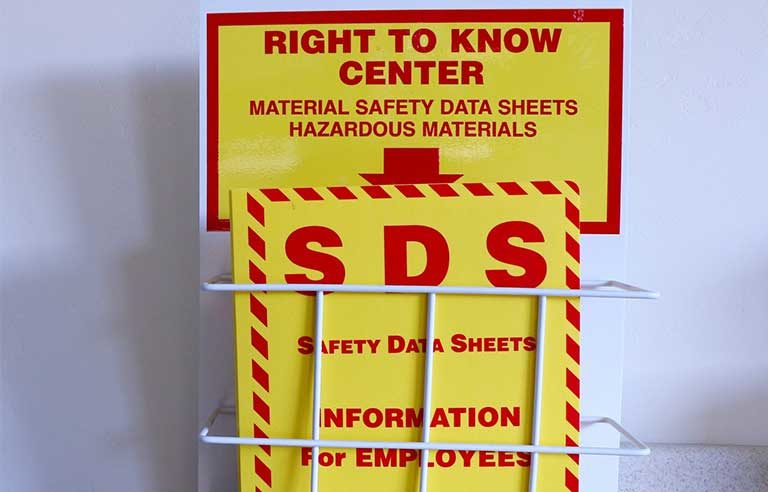Inaccurate hazard warnings on many Safety Data Sheets put workers at risk, advocacy group says

Washington — A recent analysis of more than 650 Safety Data Sheets found that 30% feature inaccurate chemical hazard warnings, while 15% fail to warn that a listed chemical may cause cancer.
The analysis was conducted by the BlueGreen Alliance, a national partnership of labor unions and environmental organizations, and Clearya, an online app that “notifies you when there are unsafe ingredients in your makeup, personal care, baby care, cleaning and other products, and helps you find safe alternatives.”
Among the examples cited: An SDS for vinyl chloride – which the International Agency for Research on Cancer has classified as a Group 1 known human carcinogen – warned of skin, eye and respiratory irritation, but lacked any mention of cancer.
“The chemical industry says that workers and employers can rely on SDSs to protect workers from cancer and other health problems,” Charlotte Brody, vice president of health initiatives at the BlueGreen Alliance, said in a press release. “But that depends on the sheets being accurate, and many clearly aren’t.
“Employers, unions, investors, and government officials need to take action now to make workplaces and communities safer and build the foundation for a market that favors genuinely safer chemical products. Too many workers are sick and too many workers are dying because of chemical exposures at work.”
More than 45,000 chemicals are being used in U.S. workplaces, according to BlueGreen Alliance’s press release, and an estimated 50,000 to 120,000 workers die each year as a result of chemical exposures.
“The inadequacies of OSHA’s hazcom standard – and the prevalence of inaccuracies in the SDS system – illustrate the need for stronger rules so employers who purchase chemical products – and the workers that use those products – are accurately being warned of the chemical exposures that kill tens of thousands of U.S. workers every year,” BlueGreen Alliance says in the release.
Post a comment to this article
Safety+Health welcomes comments that promote respectful dialogue. Please stay on topic. Comments that contain personal attacks, profanity or abusive language – or those aggressively promoting products or services – will be removed. We reserve the right to determine which comments violate our comment policy. (Anonymous comments are welcome; merely skip the “name” field in the comment box. An email address is required but will not be included with your comment.)

